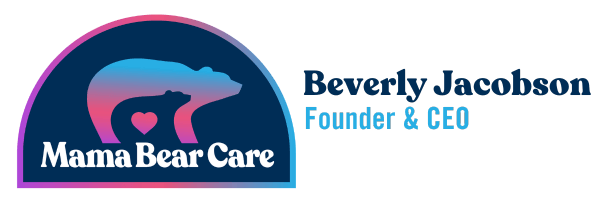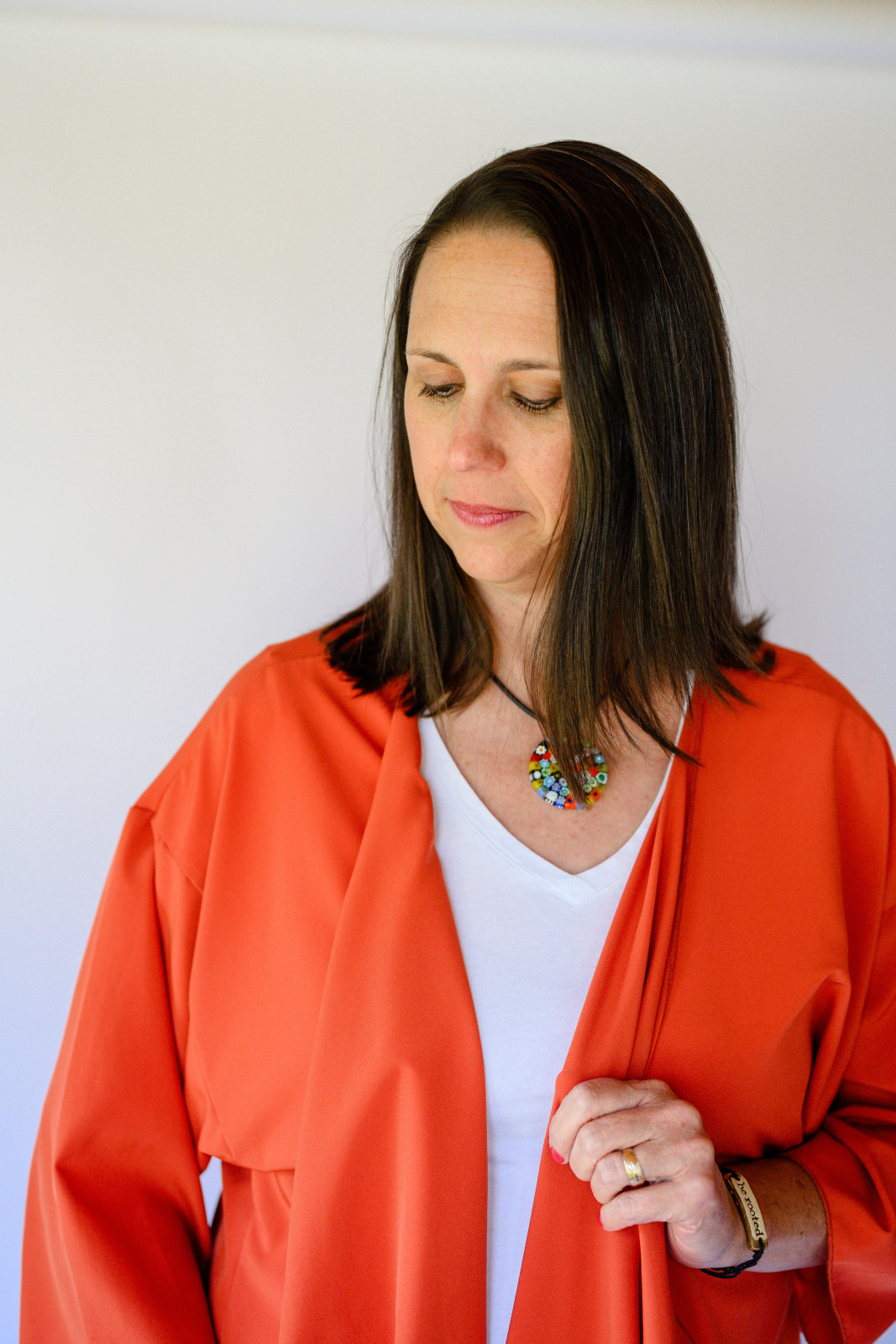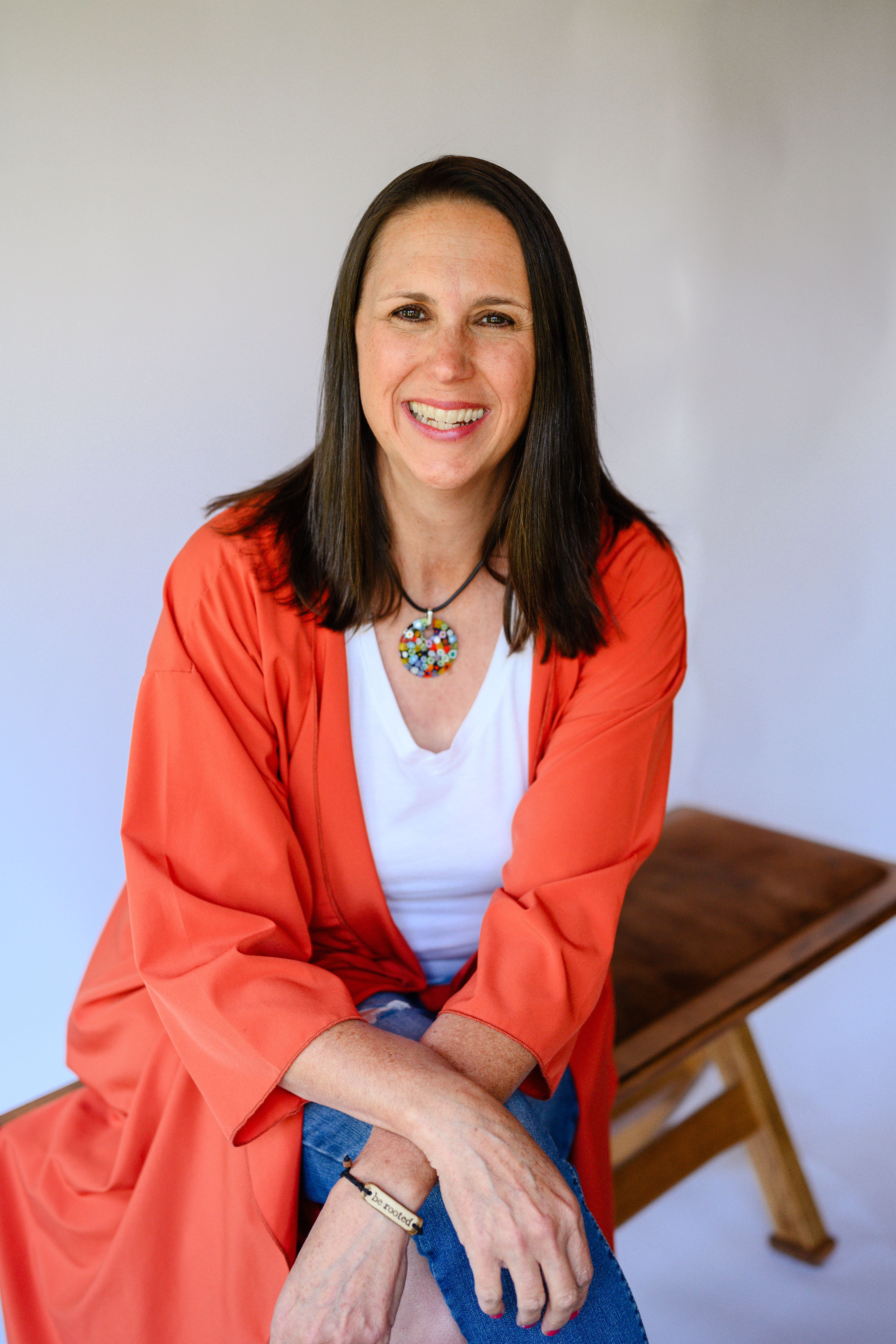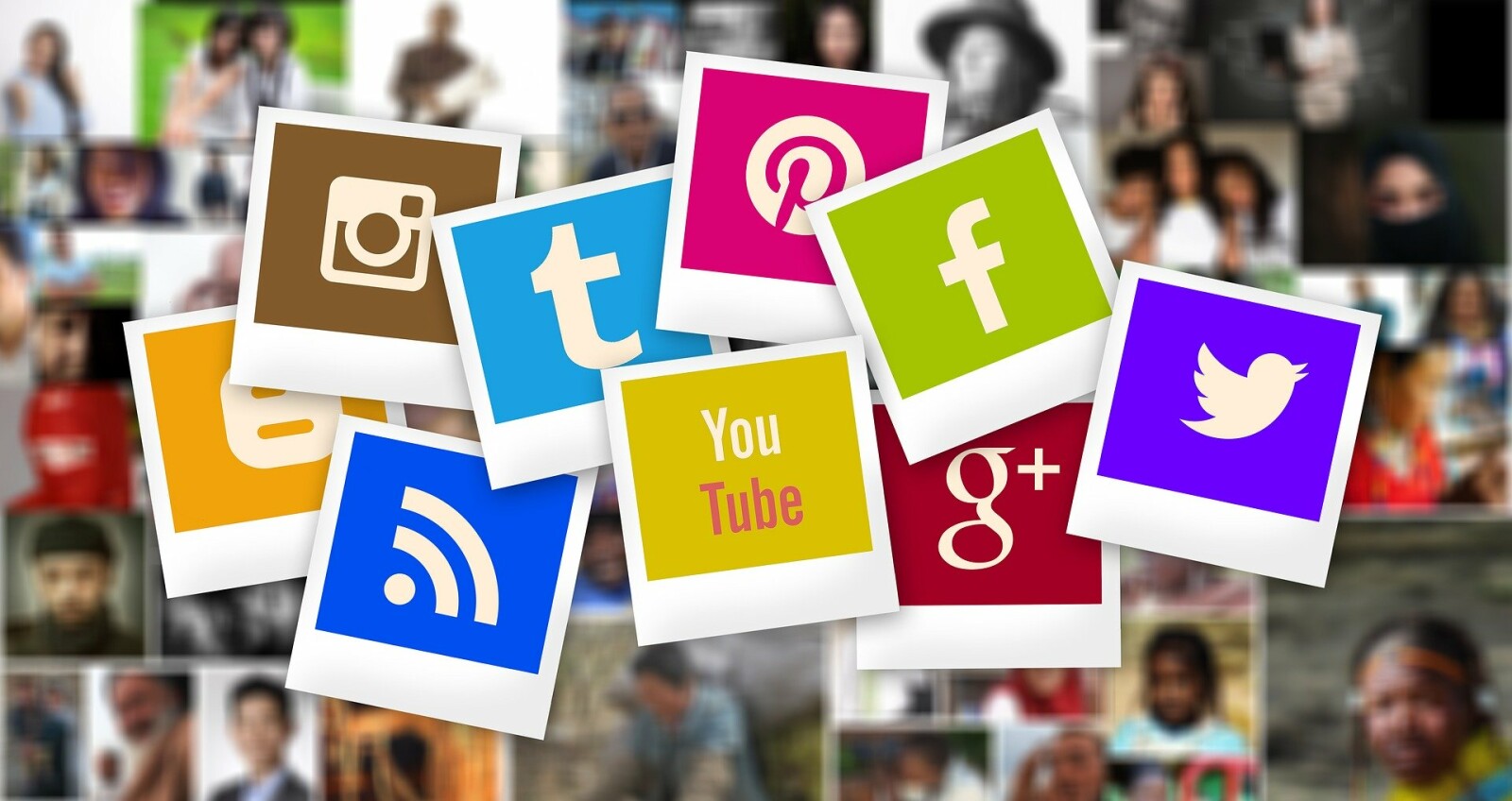
Has it really only been a few weeks since COVID-19 awareness, social distancing, and online schooling became such an integral part of everyday life?! It feels like a lifetime.
Our homeschooling family may have had an easier time transitioning since most of us were already learning from home. But we've experienced our share of changes...
- Hubby is working from home.
- College daughter and dual-enrolled son are finishing the semester from home.
- We do church via livestream and AWANA and youth group via Zoom.
- We are stretching our groceries (rice and beans, anyone?) and counting toilet paper rolls.
I could go on.
As a rational person, I am appalled by the insanity of empty shelves in our local stores. I feel chagrin at our nation's economic systems screeching to a crawl, if not a halt. And I'm exasperated at the nonstop partisan bickering.
At the same time, as the mother of a special-needs child with a compromised immune system, I feel dismayed by what almost seems inevitable: at some point, say some experts, we will likely all catch this virus. And what will that mean for vulnerable people like my daughter? Will our nation experience anything like the overwhelmed Italian system, where people are dying by the hundreds every day for lack of resources? Or have we flattened the curve enough, giving us time to beef up desperately needed supplies?
I am alternatingly amused and angered by various articles, videos, and memes that cross my radar these days. And the nervous conversations in my Trisomy circles have me on edge as well. (It doesn't help that we've suffered some difficult losses of Trisomy kiddos in recent days, unrelated to COVID-19, but still...)
I've decided...I need some social distancing from social media. (And yes...I recognize the irony of writing this on an online blog!)
- I'm skipping past almost every article shared in my feed...
- Better yet, I'm putting away my phone for longer and longer stints.
- Ultimately, my goal is to get past the addiction (yes, addiction) of being attached to my phone.
- I've stopped listening to my favorite podcasts, because as much as I enjoy the snarky commentary, I'm just plain weary of over-analysis of a topic I don't think anyone truly understands.
In our home, we will continue our proactive measures to support all aspects of our health, which include vitamins and supplements, our healthy and yummy "red juice," probiotics, and essential oils. We also proactively use essential oils and oil blends for mental and emotional support. And of course we are using effective, non-toxic household cleaning agents to keep out the yuck.
What about you? How are you handling the "online overwhelm?"
Love what you're reading? Subscribe here for updates!
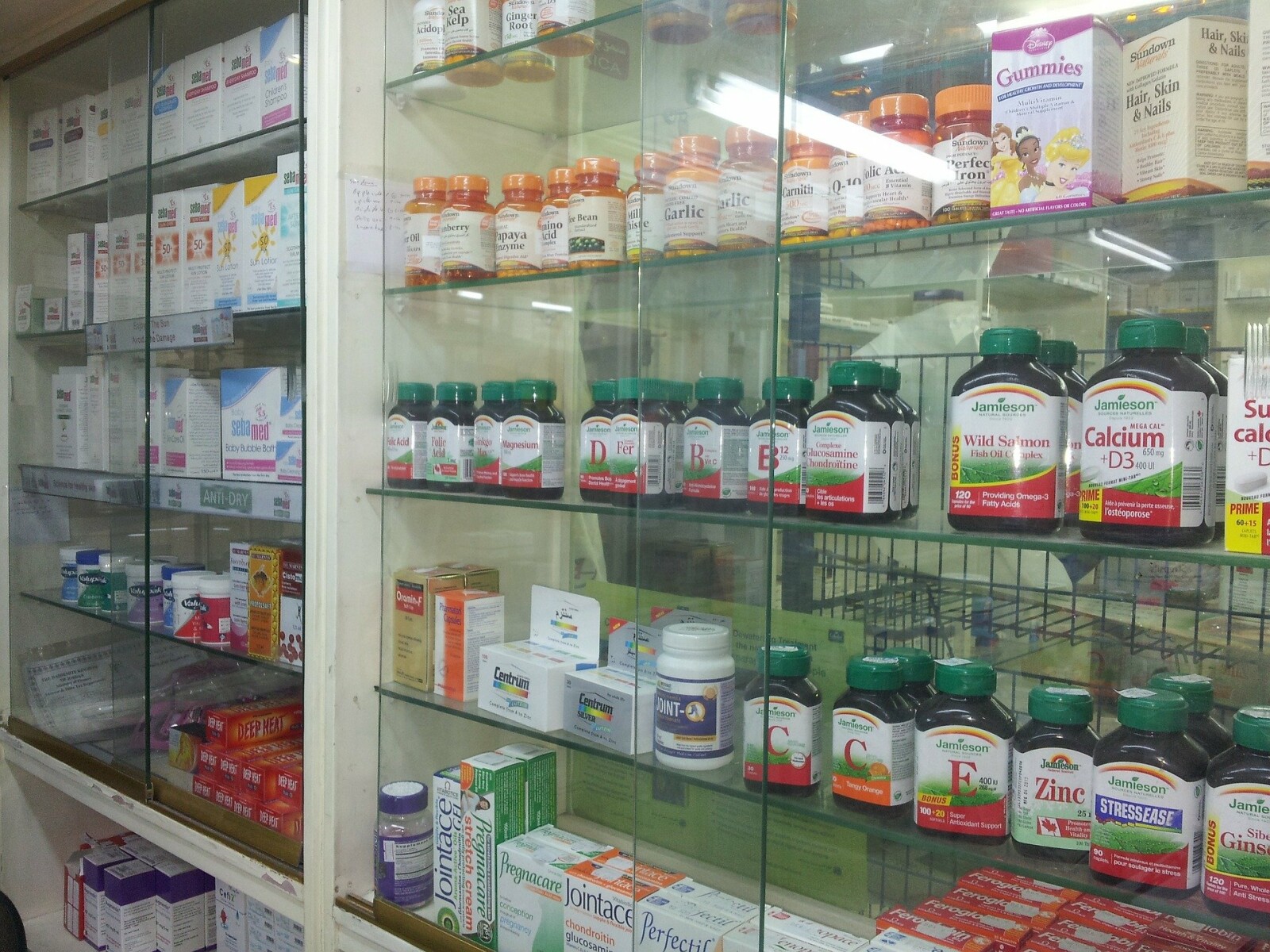
**This post is based on information from my researching friend and health mentor Amanda Uribe and shared with her permission. :-)
In the last blog post, we talked about "modern malnutrition" and the need to supplement our diets, because even if you eat organic foods and avoid most processed foods, our diet still contains only a fraction of the necessary vitamins and minerals our bodies need.
As you may know, vitamins and minerals work hand in hand. For example, we all know we need Vitamin D and calcium, but do you realize Vitamin D is necessary for our bodies to absorb calcium? We also need magnesium in order for calcium to enter our bones.
OK, so what's your point, you ask? We need both vitamins AND minerals, it's true--BUT sadly, many options contain synthetic ingredients instead of whole food sources. What difference does it make? ALL THE DIFFERENCE, my friend!
Whole food vitamins contain essential trace minerals necessary for synergistic operation.
Synthetic vitamins contain NO trace minerals and therefore deplete the body's own mineral resources and in exchange offer only moderate functionality! You are doing more harm than good if you are taking vitamins with synthetic ingredients.
So how are we to know if an ingredient is synthetic or not? Well, honestly, there is no fail safe way to do so. I know, not very comforting. But there are some key words and letters to look for that are sure indicators.
- Words that end in "-ide" or "-ate" indicate product containing salt forms; these are most often synthetics.
- The letters "dl" that appear before the name of an ingredient indicates the supplement is synthetic.
Examples:
synthetic vitamin A: retinyl palmitate
synthetic vitamin E: dl-alpha-tocopherol
Look for the whole food source in the ingredients. If you don't see actual fruits, veggies, fish, or plant life listed there, RUN!
Now…be aware that what you are (or should be) doing is looking for the name on the vitamin or supplement bottle and then researching further. The vitamins CAN sometimes come from a whole food source. But, for example, if the label just states “riboflavin” or “biotin” without listing the source, DO MORE RESEARCH. For example, whole food sources of riboflavin are:
- almonds
- beef liver
- eggs
- lamb
- lentils
- milk
- mushrooms
- quinoa
- spinach
- tahini
- wild salmon
- yogurt
But synthetic riboflavin is made with acetic acid and nitrogen or using genetically modified bacteria and fermentation. It will simply be listed as "riboflavin" without the ingredients showing whole food source.
Same with ascorbic acid: this is often derived from a compound in nature, but then modified in a lab. But it CAN be derived from a whole food source with minimal processing. You’ll need to research the product further to determine if it is a synthetic or whole food derivative.
This is a post to START your questions and research. Labels that list vitamin names and ONLY those names—without listing the whole food source it was derived from—are quite often synthetic.
And listen…if you ARE NOT SURE…I’m just saying…maybe it’s time to switch to Young Living vitamins and supplements! This is what we have done, because we KNOW beyond the shadow of a doubt that we are absolutely using the best products available. Not only are YL vitamins and supplements made with whole food sources, but they also contain essential oils to enhance their bioavailability, allowing our bodies to absorb even more of the needed components!
The information in this post and the previous one are part of a "Dr. Mom" series I've provided for free along with my friend Amanda Uribe in my private wellness community. If you'd like more specific information on vitamins and other natural means of supporting your health, join us!
And if you're looking for other ways to be healthy, check out my free guide, 4 Ways to be Fit for Life!
Love what you're reading? Subscribe here for updates!

**This post is based on information from my researching friend and health mentor Amanda Uribe and shared with her permission. :-)
Have you ever thought about the fact that as Americans, we may very well be malnourished? Ridiculous, right? Food is everywhere! The grocery store shelves are bursting with all kinds of food! OK, maybe not during the COVID-19 pandemic…but regardless, even my big family of 11 is hardly starving, snack-rationing measures notwithstanding.
But the truth is, our nutrition is far inferior to what our ancestors ate, though they had much fewer food choices and may not have even eaten three meals a day. What they did eat, though, was actual food…not food-like products. Our food today may satiate our hunger, but it provides little else in the way of nutrition. Even organic produce lacks vital nutrients our bodies need.
Chronic disease and illness are at an all time high. Most diseases we hear about repeatedly are inescapably related to the foods we eat (or don't eat). Many foods are both chemically saturated and vitamin-absent, a terrible combination for our long-term health. Eating from the family garden has become a thing of the past, and those who still strive to do so find the garden
- depleted of enzymes and minerals,
- filled with pesticides and toxins,
- and generally lacking the core necessities to offer pure value.
To compensate, food manufacturers tout products with hollow claims of being “fortified,” “natural,” or “enriched.” Don't be fooled! It's all marketing. I don’t care what the package claims, sadly, there is no such thing as a "natural Pringle." As my friend Amanda pointed out, with well over half of all corn now being genetically modified and specifically bred with known neurotoxins and compounds to eliminate pests, even the simplest of ingredients on a package could mean nothing. We need to look further to see where those ingredients came from originally.
These marketing techniques are confusing. Cereal, crackers, and other packaged products may sound healthy because the note on the box says “fortified with essential nutrients" or "enriched with Vitamin D." But what does that truly mean? Unfortunately, it means before that product was placed into its packaging, it received a spray dusting of synthetic nutrients and likely synthetic preservatives to enable it to sit on your pantry shelves for up to a year or more! And…I hate to break it to you, but even “natural,” “nature made,” or “naturally” are also marketing terms that don’t carry weight when we are looking at nutritional value. Even arsenic, lead, and petroleum are natural and organic. We wouldn't eat those, right? Oh, but we do! They've been found in major everyday food staples on shelves the world over. Gah!!
So we see that our modern diet is sadly lacking vitamins and minerals our bodies need to function properly; thus, even the most conscientious eater needs to supplement. But alas! We can't even pick up a bottle of vitamins from a store shelf and trust that they will pick up the slack for our poor quality foods! Why not? Well, even many vitamins and supplements are replete with synthetic ingredients!
It's up to us to invest some time and energy into the research needed for this. Our health is too valuable to substitute one poor choice with another. In the next blog post, we will cover some things to look out for when it comes to synthetics in vitamins.
Meanwhile, if you appreciate the information in this post, I encourage you to check out my private group Fit for Life, where I've been sharing educational units to help folks take charge of their physical, emotional, mental, and spiritual health. This post comes from a "Dr. Mom" series I'm sharing with more fabulous information from Amanda Uribe. We're covering a lot of ground, from elderberry to colloidal silver to vitamins and more! And if you find yourself concerned about COVID-19, check out my free guide, 3 Ways to Avoid Pandemic Panic!
Love what you're reading? Subscribe here for updates!
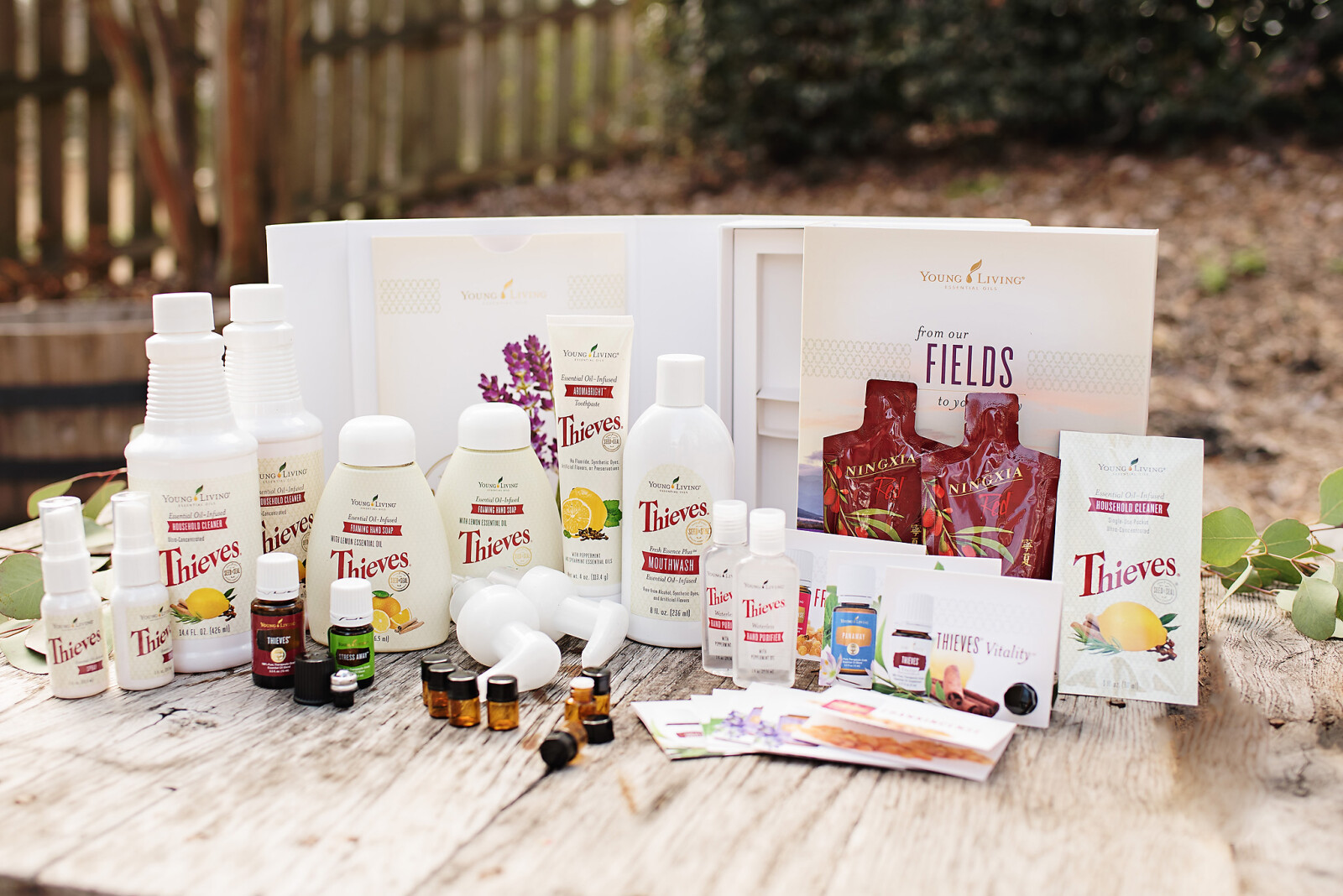
The last time I was at the grocery store, I passed multiple people whose only cart contents included bottles of disinfectant, hand sanitizer, and sanitizing wipes. (Clearly this was at the beginning of the pandemic panic.)
I have to confess, I no longer even push my cart down the cleaning aisle at the store anymore. I have a hard time with the fragrances, which give me a headache, and I've learned why. What I've come to understand about the vast majority of commercial products has saved me money and preserved our health! Like our food journey, though, this process didn't happen overnight, and I'm certainly not here to pass judgment on anyone who has been using something different than I choose.
But I at least want you to KNOW! Know what's in your products. Know what those hard-to-pronounce ingredients might be doing to your respiratory system or what might happen as they are absorbed into your skin. And then know that you have alternatives!
Thieves Household Cleaner (THC) has seriously been a game-changer in our home. With no harsh chemicals, it smells amazing and works incredibly well. Some "green" products I've tried either A) actually have ingredients that are suspect or B) don't actually work all that well. THC is extremely economical as well as effective, and with its plant-based ingredients, I don't worry at all about my kids using it. We don't have pets (we have enough mouths to feed, lol), but THC is also safe for animals.
THC comes in a concentrate, and you can use it for literally every household cleaning task on your list. (And your house will smell amazing!) There are other hacks as well--for example, we add some to our laundry soap, which is also concentrated. We split the laundry soap into three 32-ounce containers, add 6 capfuls of THC, and fill the rest of the pump bottles with water. Done!
We are also big fans of the Thieves whitening toothpaste and Thieves fruit & veggie wash!
Oh...and there's a whole starter kit centered on this family favorite! If you inspect the labels in your house and find a lot of products you want to switch out, this is a great way to CLEAN things up!
If you're a lover of Thieves cleaner, or any of the Thieves product line, what's your favorite?
Love what you're reading? Subscribe here for updates!
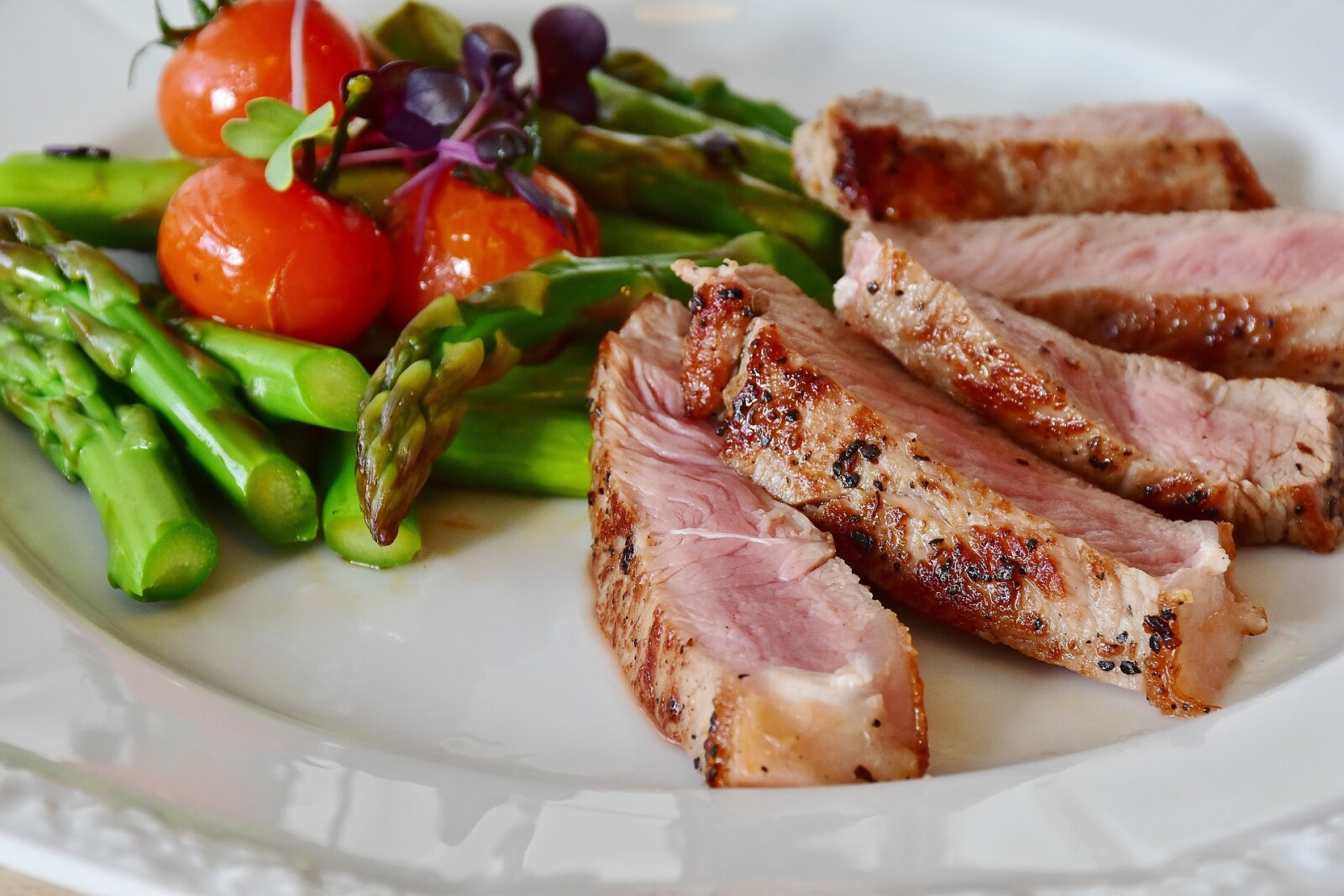
It was a Saturday in January 2011, and I was on a massive grocery hunt. My friend Sidra, who had taught me about the GAPS (Gut and Psychology Syndrome) diet, was taking me to the places she had found best for healthy food shopping. I had already gutted my pantry--who knew there was high fructose corn syrup in so many items?! Pretty much everything in a jar or a box had to go. We had eaten up most of the fresh items, so my refrigerator and freezer were ready for the loads I would haul home.
When all was said and done, I had spent over $750 total at Dorothy Lane Market, Natural Grocers, Trader Joe's, and Meijers. Not only did I buy food (which I didn't think would last more than a week, with 5 kids plus my husband and myself to feed), but also I had needed to get some specific kitchen tools, to include a giant stock pot (for homemade chicken broth) and an immersion blender. And just like that, I plunged into a different world, one that included things like:
- probiotics
- grass-fed beef
- organic everything
- raw milk
- coconut and almond flours
- homemade sauerkraut, yogurt, mayonnaise, salad dressing, and more.
It's been a long time since that long, difficult, yet incredibly educational year we spent on the GAPS diet. I am thankful we do not HAVE to be on such a strict eating plan long term. And yet I am also grateful for the knowledge I gained--reading product lables, choosing our foods carefully, and being aware of what we put in and on our bodies. We've been on an intentional health journey ever since, one I will pursue for life! I'm not leaving the state of my overall wellness to chance, nor am I beholden to any genetic codes. My daily choices matter. And so do yours!
Are you, like me, committed to being FIT FOR LIFE? Grab my guide and let's do this thing together! And check back here for more ideas, tips, recipes, and encouragement. Or, for even more detailed info on being fit for life, join our private wellness community.
For me...it all started with food. What was the catalyst for YOUR health journey?
Love what you're reading? Subscribe here for updates!
